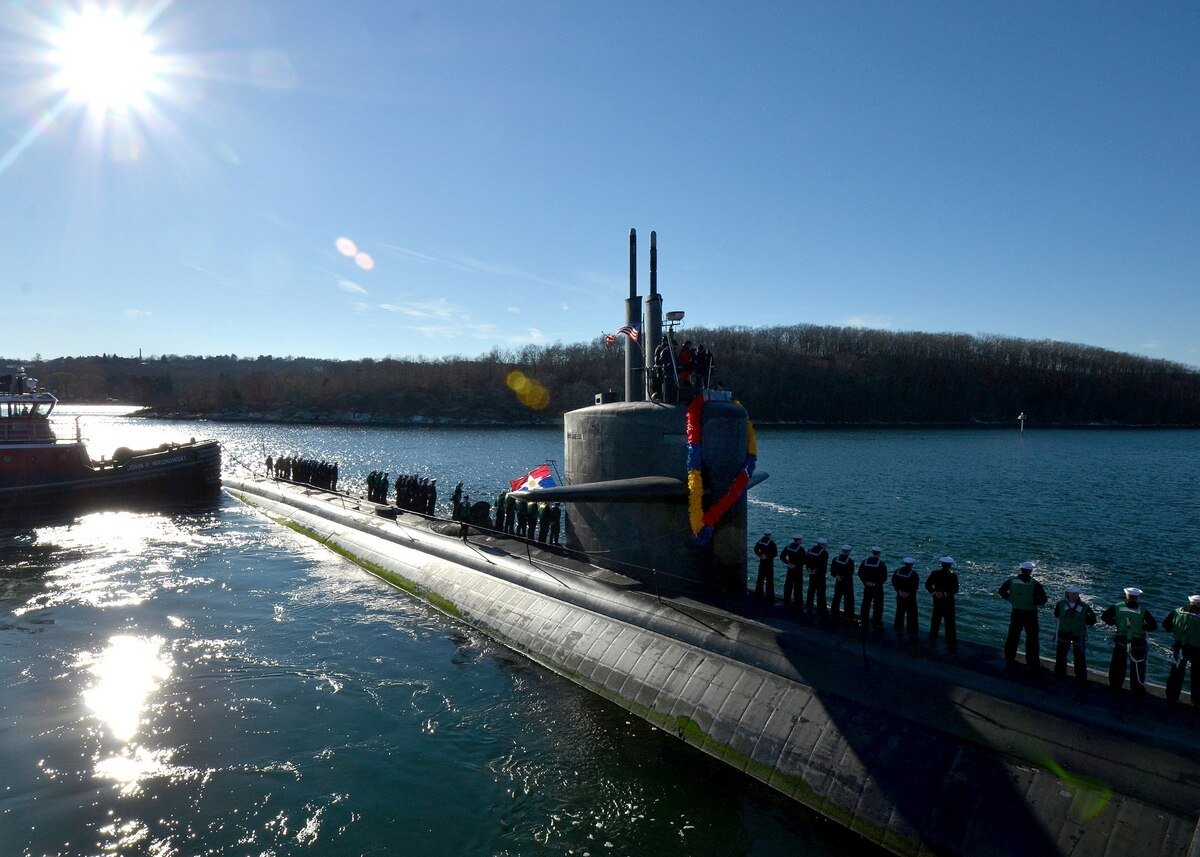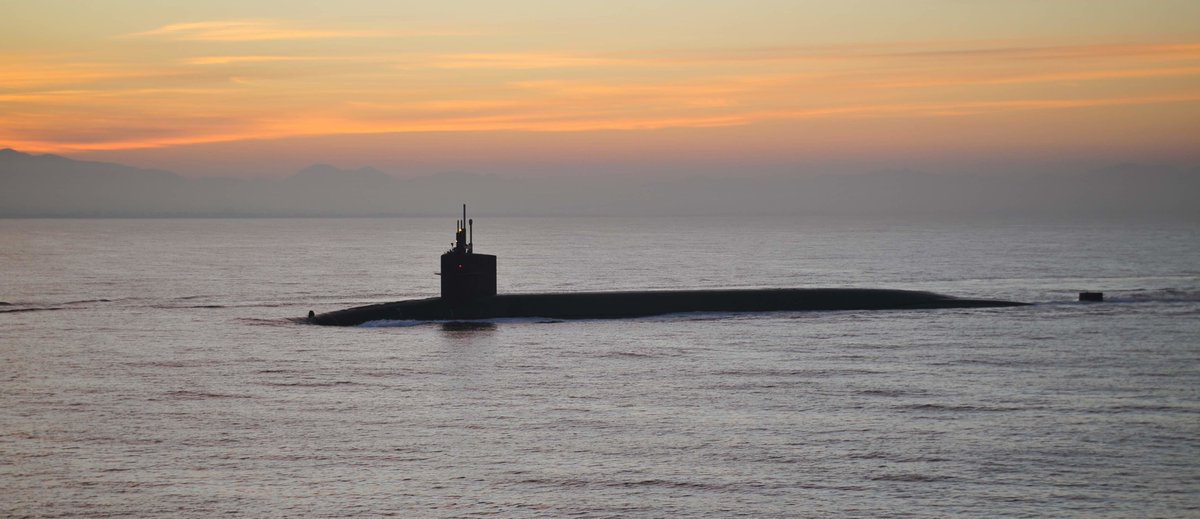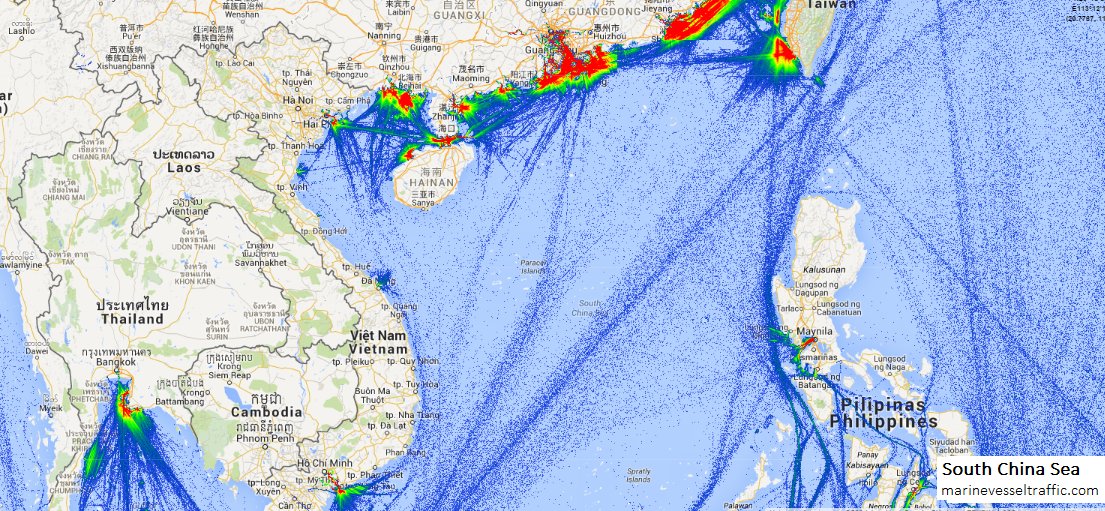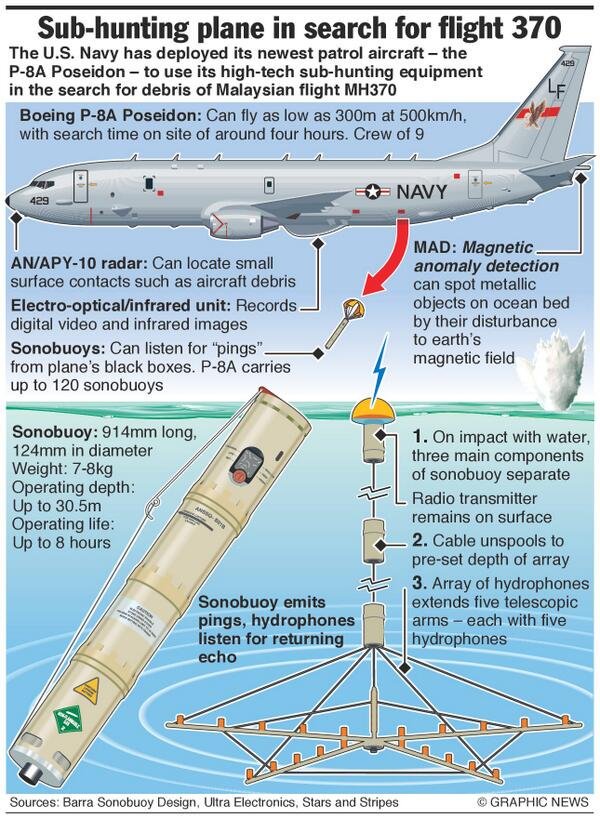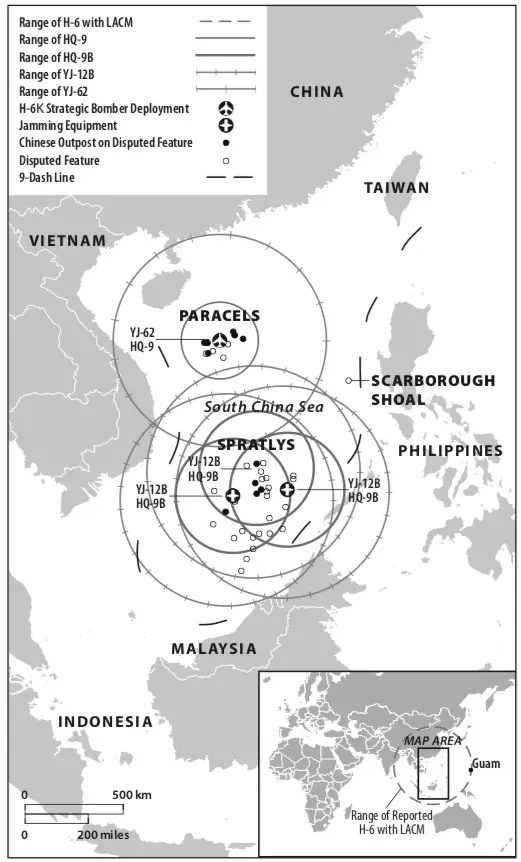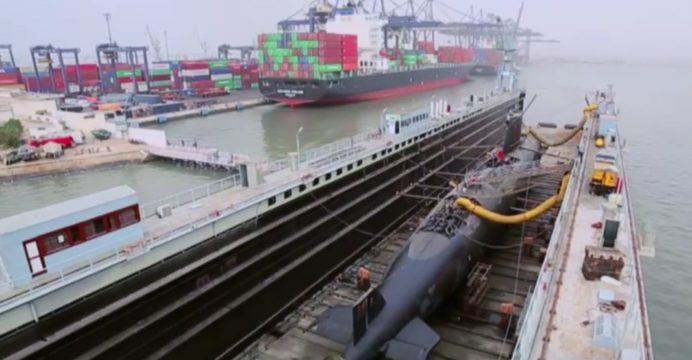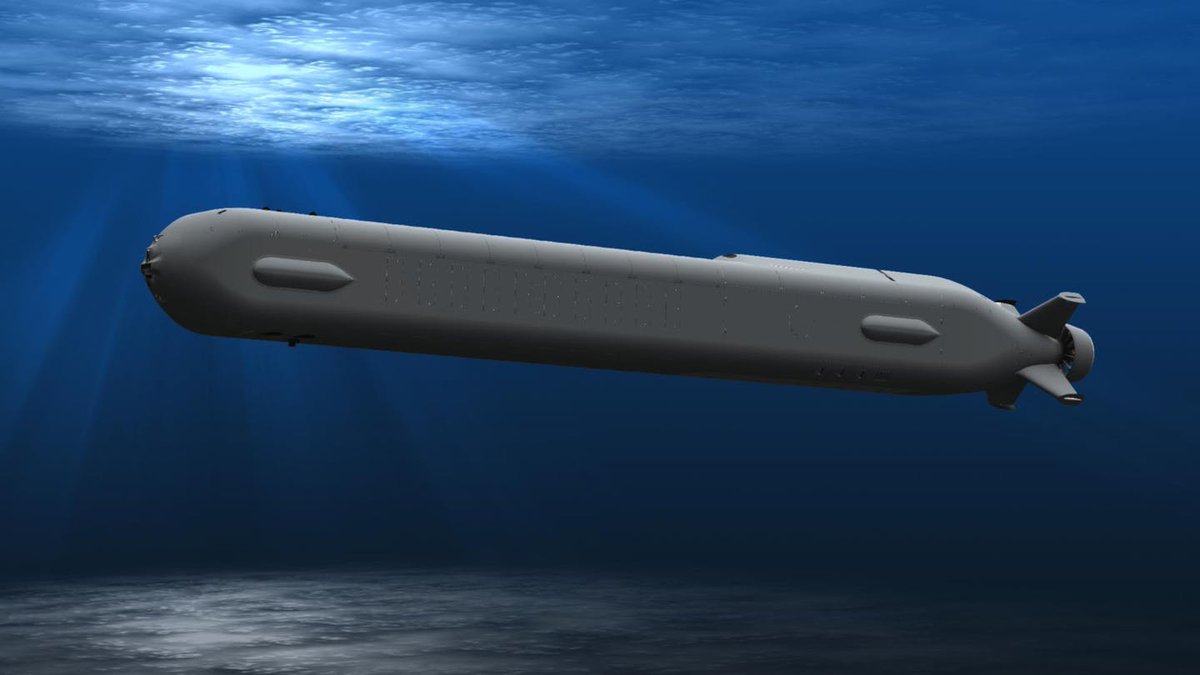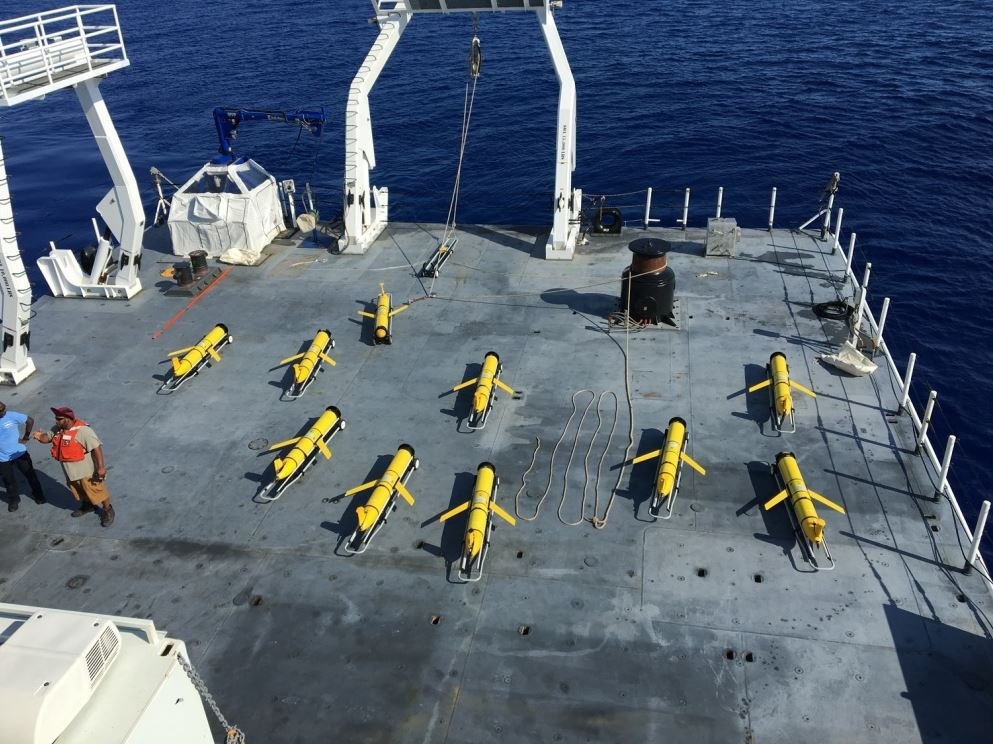𝐎𝐊 𝐁𝐨𝐨𝐦𝐞𝐫
One of the most important instruments of "great power" policy is the subsurface naval fleet.
These deadly predators are both fascinating and little-understood outside of Hollywood depictions.
China has been sinking billions into them.
Here's why.
Thread.
One of the most important instruments of "great power" policy is the subsurface naval fleet.
These deadly predators are both fascinating and little-understood outside of Hollywood depictions.
China has been sinking billions into them.
Here's why.
Thread.
A modern subsurface fleet is tasked with performing numerous roles:
1. Nuclear deterrent
2. Patrols
3. Surface fleet protection
4. Attacking enemy surface vessels
5. Land attack
6. Surveillance
7. Covert insertion/recovery of human assets
2/
1. Nuclear deterrent
2. Patrols
3. Surface fleet protection
4. Attacking enemy surface vessels
5. Land attack
6. Surveillance
7. Covert insertion/recovery of human assets
2/
Submarines offer a modern navy a fully three-dimensional arsenal.
The threat to an adversary of a silent killer sliding into a theater of operations and being able to sink any vessel, launch missiles inland, or unexpectedly ruin the best battle plan, is a major deterrent.
3/
The threat to an adversary of a silent killer sliding into a theater of operations and being able to sink any vessel, launch missiles inland, or unexpectedly ruin the best battle plan, is a major deterrent.
3/
The goal of any strategist is to create and manipulate chaos in the minds of the adversary.
Rapidity of action, unexpected angles of attack, "wild card" assets, threat of the unknown - all of these must be accounted for on both sides prior to and during an engagement.
4/
Rapidity of action, unexpected angles of attack, "wild card" assets, threat of the unknown - all of these must be accounted for on both sides prior to and during an engagement.
4/
To borrow the framework of a famous US Air Force pilot and strategist, Col. John Boyd:
You want to "get inside their [OODA] loop."
To control their timing, perception, and eventually their reactions to the flow of a situation.
This works in any domain of battle.
5/
You want to "get inside their [OODA] loop."
To control their timing, perception, and eventually their reactions to the flow of a situation.
This works in any domain of battle.
5/
An overflight of a carrier strike group can easily show the cards of the surface fleet.
You cannot hide an aircraft carrier and its complement of aircraft, or the escort vessels.
But one never KNOWS what lurks beneath.
It is the unknown that gives the enemy pause.
6/
You cannot hide an aircraft carrier and its complement of aircraft, or the escort vessels.
But one never KNOWS what lurks beneath.
It is the unknown that gives the enemy pause.
6/
Because of their versatility and necessity, modern navies field different types of submarines for specific roles.
They fall into four main types:
1. Littoral/shallow water
2. Fast attack
3. Guided missile
4. Ballistic missile ("boomers")
The US Navy fields types 2-4.
7/
They fall into four main types:
1. Littoral/shallow water
2. Fast attack
3. Guided missile
4. Ballistic missile ("boomers")
The US Navy fields types 2-4.
7/
Fast attack boats (SSN) are the workhorses of any subsurface fleet.
In the US Navy, this class performs every role except nuclear deterrence.
They can attack other subs, surface vessels, or land.
The USS Dallas, famous for "The Hunt For Red October", is in this class.
8/
In the US Navy, this class performs every role except nuclear deterrence.
They can attack other subs, surface vessels, or land.
The USS Dallas, famous for "The Hunt For Red October", is in this class.
8/
The big brother of the SSN is the SSBN/SSGN class.
These huge boats are designed to cruise long distances, loiter offshore, and make it rain hate if needed.
Their primary armament is multiple nuclear-equipped ballistic missiles (SSBN) or conventional cruise missiles (SSGN).
9/
These huge boats are designed to cruise long distances, loiter offshore, and make it rain hate if needed.
Their primary armament is multiple nuclear-equipped ballistic missiles (SSBN) or conventional cruise missiles (SSGN).
9/
They are tremendously-expensive to develop and field, at more than $2b per American SSBN (Ohio-class).
The Russian equivalent Borei-class costs between $700-900m per boat.
These are silent, powerful, expensive capital ships.
And they are indispensible.
10/
The Russian equivalent Borei-class costs between $700-900m per boat.
These are silent, powerful, expensive capital ships.
And they are indispensible.
10/
But the most versatile are the SSGN's.
More heavily armed than fast attack subs, the SSGN's have the cruising range and armaments to totally annihilate shore-based anti-ship platforms like the Russian Kalibr or Chinese YJ-18 from underwater, or deploy a team of Navy SEALs.
11/
More heavily armed than fast attack subs, the SSGN's have the cruising range and armaments to totally annihilate shore-based anti-ship platforms like the Russian Kalibr or Chinese YJ-18 from underwater, or deploy a team of Navy SEALs.
11/
The SSGN's exploit a gap - when undetected, they can immediately soften perimeter or shore-based defenses enough for the surface navy to project force at reduced risk.
Even emergent threats like China's ballistic missiles can't kill a sub.
https://twitter.com/man_integrated/status/1197153357347074048
12/
Even emergent threats like China's ballistic missiles can't kill a sub.
https://twitter.com/man_integrated/status/1197153357347074048
12/
This places a premium on anti-submarine warfare (ASW) capabilities.
The primary domains of ASW are detection and elimination.
Nations use a host of technology, weapons, and tactics to achieve both.
The submarines in play determine the layers of ASW elements.
13/
The primary domains of ASW are detection and elimination.
Nations use a host of technology, weapons, and tactics to achieve both.
The submarines in play determine the layers of ASW elements.
13/
The primary means of locating a submarine is via sound.
Even the tiniest sounds are amplified underwater, and can travel long distances under the right conditions.
Thus it is important for submarine hunters to have every means to detect and triangulate.
14/
Even the tiniest sounds are amplified underwater, and can travel long distances under the right conditions.
Thus it is important for submarine hunters to have every means to detect and triangulate.
14/
Submarines have a different sound signature than "biologics" (animals).
There are three main ways to detect a sub via sound:
1. Other submarines in the area employing onboard systems
2. Mobile listening equipment (like sonobuoys)
3. Fixed listening equipment
15/
There are three main ways to detect a sub via sound:
1. Other submarines in the area employing onboard systems
2. Mobile listening equipment (like sonobuoys)
3. Fixed listening equipment
15/
With all three types, the greater the ambient noise, the more important it is for the human listeners and supporting software to be able to accurately filter and isolate potential submarines.
Undersea terrain, maritime traffic, and biologics paint a complicated picture.
16/
Undersea terrain, maritime traffic, and biologics paint a complicated picture.
16/
That complexity of sound interference works both ways.
While it would be more difficult to hunt adversary subs, it also makes it easier to get closer to a target without them locating your own boat.
There is great strategic value in moving silently through chaos.
17/
While it would be more difficult to hunt adversary subs, it also makes it easier to get closer to a target without them locating your own boat.
There is great strategic value in moving silently through chaos.
17/
One of the common detection methods employed by major militaries is to create a "picket fence" of air-dropped sonobuoys.
By casting a net of these listening devices in specific patterns, a submarine is far more detecable well outside of threat range to a fleet or shoreline.
18/
By casting a net of these listening devices in specific patterns, a submarine is far more detecable well outside of threat range to a fleet or shoreline.
18/
However, this requires access to the airspace.
If a hostile adversary has an anti-access/area denial (A2AD) system in place (in say, a littoral zone), the sub-hunting plane is put at risk.
This limits sub-hunting to using other subs and fixed listening sensors.
19/
If a hostile adversary has an anti-access/area denial (A2AD) system in place (in say, a littoral zone), the sub-hunting plane is put at risk.
This limits sub-hunting to using other subs and fixed listening sensors.
19/
Further challenging the US Navy:
The US' primary supplier of sonobuoys, ERAPSCO, is expecting to halt production by 2023 due to financial and production concerns.
There is no known one-for-one replacement for hunting and fleet defense.
https://www.defensenews.com/digital-show-dailies/navy-league/2019/05/01/us-could-lose-a-key-weapon-for-tracking-chinese-and-russian-subs/
21/
The US' primary supplier of sonobuoys, ERAPSCO, is expecting to halt production by 2023 due to financial and production concerns.
There is no known one-for-one replacement for hunting and fleet defense.
https://www.defensenews.com/digital-show-dailies/navy-league/2019/05/01/us-could-lose-a-key-weapon-for-tracking-chinese-and-russian-subs/
21/
The great "Submarine Matters" blog offers an overview of the two types of fixed listening systems employed by larger nations.
SOSUS
RAP
The US famously blanketed much of the ocean floor with the wide-area SOSUS sensor network during the Cold War.
http://gentleseas.blogspot.com/2019/01/possible-sosus-rapfds-arrays-western.html
21/
SOSUS
RAP
The US famously blanketed much of the ocean floor with the wide-area SOSUS sensor network during the Cold War.
http://gentleseas.blogspot.com/2019/01/possible-sosus-rapfds-arrays-western.html
21/
Since 2016, China has laid its own SOSUS (SOund SUrveillance System) across the South China Sea, and the Pacific/Indian Oceans.
And now we bring full circle the thread discussing China's buildout of the artificials island and A2AD system in the SCS.
https://twitter.com/man_integrated/status/1195465368309059584
22/
And now we bring full circle the thread discussing China's buildout of the artificials island and A2AD system in the SCS.
https://twitter.com/man_integrated/status/1195465368309059584
22/
The US' submarine advantage has been contested for some time in China's larger littoral zone.
It has been virtually cancelled out at this point.
Yet it was what the US relied upon to act as a final deterrent to Chinese aggression against the US' regional allies.
23/
It has been virtually cancelled out at this point.
Yet it was what the US relied upon to act as a final deterrent to Chinese aggression against the US' regional allies.
23/
Further, China continues to extend its own subsurface warfare programs to new theaters.
In 2014, China (in)famously demonstrated that civilian ports can act in support of its submarines when it docked a boat at the Sri Lankan port of Colombo.
Karachi followed in 2015.
24/
In 2014, China (in)famously demonstrated that civilian ports can act in support of its submarines when it docked a boat at the Sri Lankan port of Colombo.
Karachi followed in 2015.
24/
China's own naval base at Djibouti is also fully capable of docking and resupplying submarines, as well as launching shore-based anti-sub operations using sonobuoy-equipped aircraft throughout the Gulf of Aden.
Now, the #BeltandRoad reveals another layer of its true intent.
25/
Now, the #BeltandRoad reveals another layer of its true intent.
25/
There is a reason I kicked off this series of Eurasian-focused threads by first spotlighting and explaining the scope of the Belt and Road Initiative:
Logistics/infrastructure can't lie.
BRI shows a grim reality - Chinese subs are in the Med.
https://twitter.com/man_integrated/status/1191754563310833664
26/
Logistics/infrastructure can't lie.
BRI shows a grim reality - Chinese subs are in the Med.
https://twitter.com/man_integrated/status/1191754563310833664
26/
From Greece, to Italy, and now to Israel, China controls a plethora of dual-use facilities in the Mediterranean.
Russia's naval base at Tartus is available.
China has its "string of pearls", and can proliferate threats rapidly against the US Navy's 5th and 6th Fleets.
27/
Russia's naval base at Tartus is available.
China has its "string of pearls", and can proliferate threats rapidly against the US Navy's 5th and 6th Fleets.
27/
Speaking of proliferation, China has also sold 3 of its Yuan-class diesel-electric boats to Thailand, and 2 Ming-class to Bangladesh.
Further, Pakistan has purchased 8 newbuild Yuan-class.
Most worrisome is that the last 4 will be built in Pakistan, not China.
28/
Further, Pakistan has purchased 8 newbuild Yuan-class.
Most worrisome is that the last 4 will be built in Pakistan, not China.
28/
Finally, China is making advances in a new domain of subsurface conflict - submarine drones.
Called unmanned undersea vehicles (UUV), they range in size and planned capabilities.
The US' primary design is the Boeing-built Orca, with a range of 6500 nautical miles.
29/
Called unmanned undersea vehicles (UUV), they range in size and planned capabilities.
The US' primary design is the Boeing-built Orca, with a range of 6500 nautical miles.
29/
Critically, UUV's are capable of everything a manned submarine can do, at a fractional cost.
Advances in battery tech and AI-powered guidance will allow for deployment of many smaller, deadly surveillance and hunter models.
Swarm warfare is coming to the subsurface domain.
30/
Advances in battery tech and AI-powered guidance will allow for deployment of many smaller, deadly surveillance and hunter models.
Swarm warfare is coming to the subsurface domain.
30/
As discussed previously, the US Navy's littoral ("green water") capabilities are severely limited.
This is especially true in the subsurface domain, where China's newer, smaller subs can silently lurk in shallows unaccessible to the US' mega-sized boomers and attack boats.
31/
This is especially true in the subsurface domain, where China's newer, smaller subs can silently lurk in shallows unaccessible to the US' mega-sized boomers and attack boats.
31/
The limit on the new engine tech is endurance. Nuclear-powered subs can sail for months underwater.
The new hybrids must surface periodically to recharge the batteries, and be resupplied more frequently.
Logistics reveals intent - China aims to dominate littoral zones.
32/
The new hybrids must surface periodically to recharge the batteries, and be resupplied more frequently.
Logistics reveals intent - China aims to dominate littoral zones.
32/
China has been pouring money into:
Detection (SOSUS, RAP, sonobuoys)
Infrastructure (Belt and Road)
Force Projection (20+ newbuilds in process)
Advanced tech (missiles, torpedoes, UUV's)
It couldn't beat the US at its own ASW game.
So China changed the game itself.
33/
Detection (SOSUS, RAP, sonobuoys)
Infrastructure (Belt and Road)
Force Projection (20+ newbuilds in process)
Advanced tech (missiles, torpedoes, UUV's)
It couldn't beat the US at its own ASW game.
So China changed the game itself.
33/

 Read on Twitter
Read on Twitter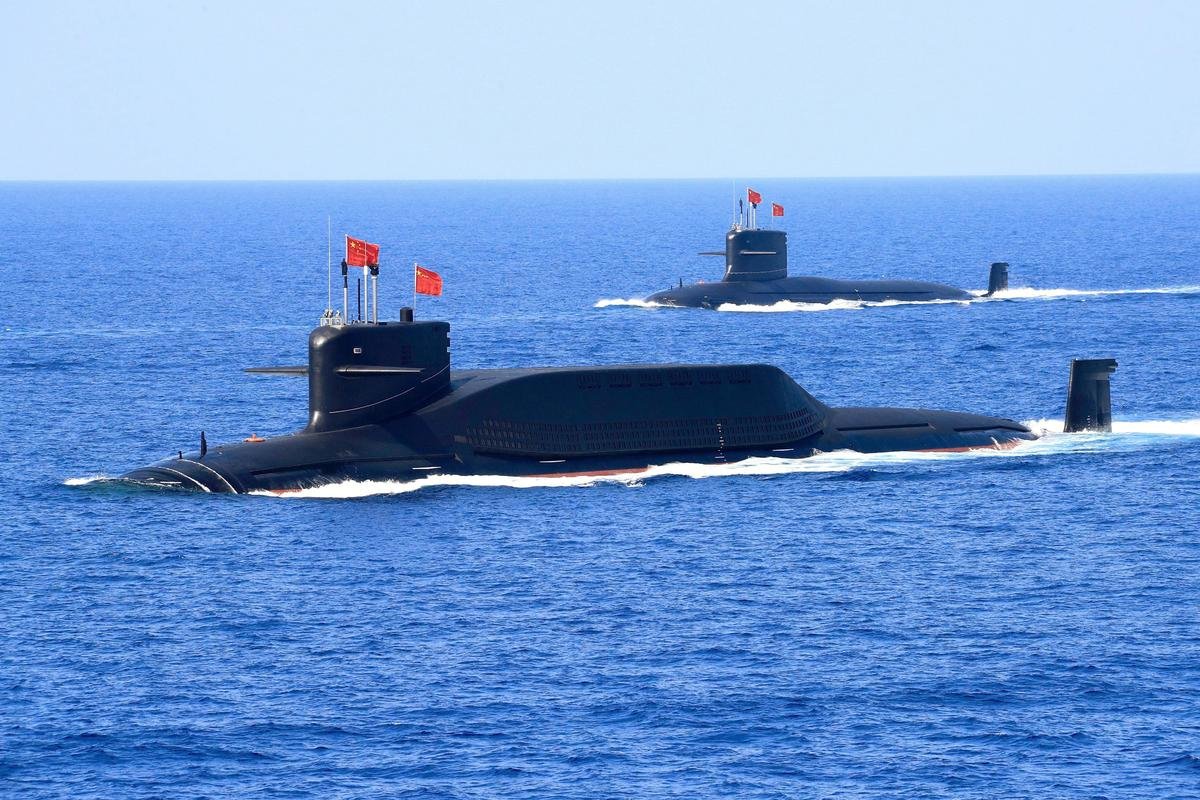
![To borrow the framework of a famous US Air Force pilot and strategist, Col. John Boyd:You want to "get inside their [OODA] loop."To control their timing, perception, and eventually their reactions to the flow of a situation.This works in any domain of battle.5/ To borrow the framework of a famous US Air Force pilot and strategist, Col. John Boyd:You want to "get inside their [OODA] loop."To control their timing, perception, and eventually their reactions to the flow of a situation.This works in any domain of battle.5/](https://pbs.twimg.com/media/EJ6HyVlXsAEKzVD.jpg)
